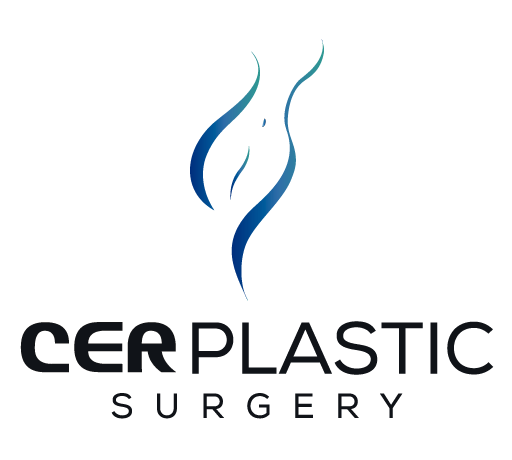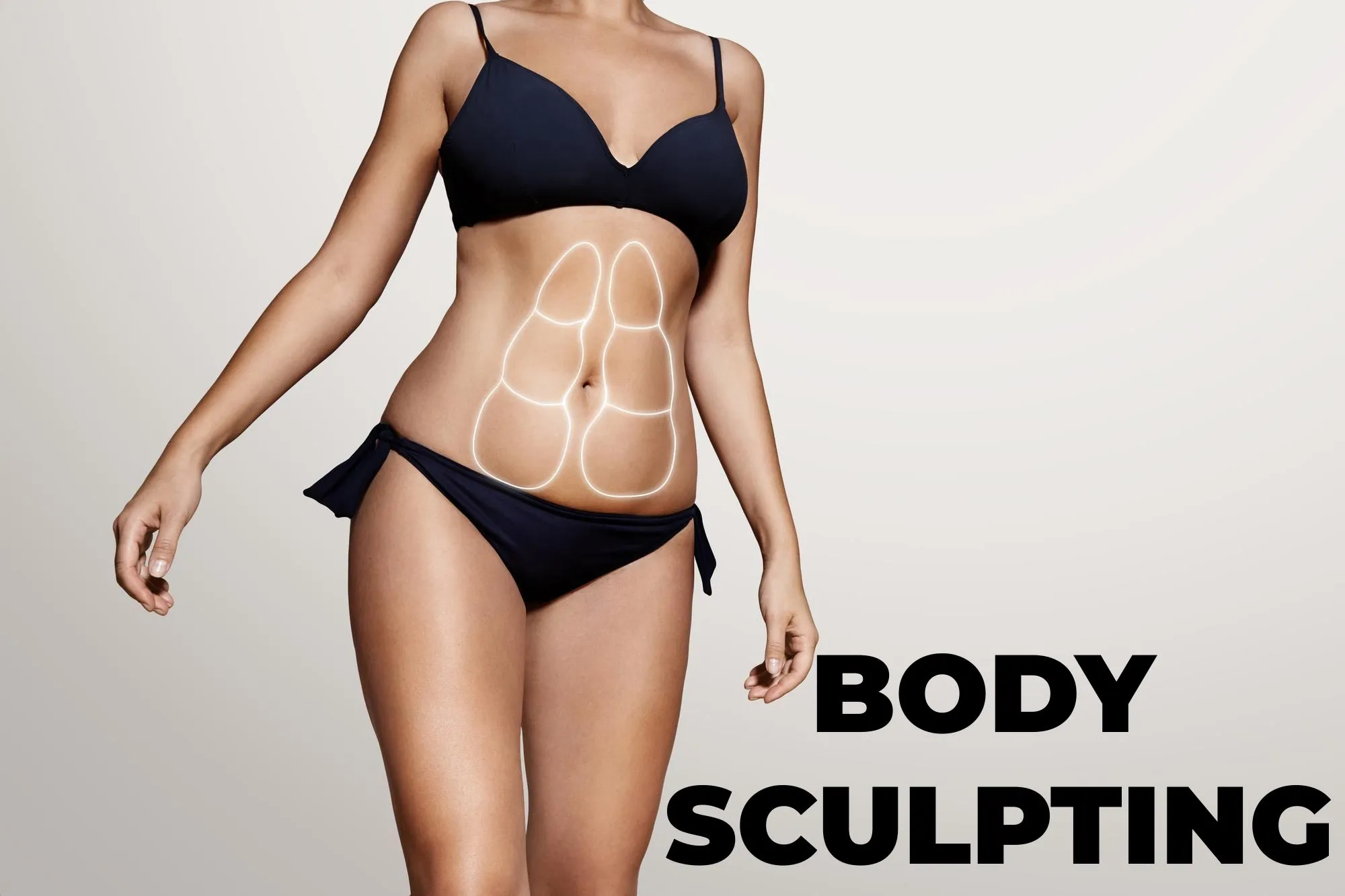What is Body Sculpting?
Body sculpting, also known as body contouring, refers to a set of cosmetic procedures designed to reshape and enhance the appearance of the body. The primary goal of body sculpting is to improve body contours by removing excess fat, tightening loose or sagging skin, and toning specific areas. These procedures are typically sought by individuals looking to achieve a more aesthetically pleasing and balanced physique.
Common body sculpting techniques and procedures include liposuction, tummy tucks, breast augmentation or reduction, thigh lifts, buttock augmentation (Brazilian Butt Lift), and various non-surgical treatments like CoolSculpting or radiofrequency skin tightening.
Body sculpting is often chosen by individuals who have stubborn pockets of fat that are resistant to diet and exercise, those who have undergone significant weight loss and have excess skin, or individuals looking to address age-related changes in their body contours.
It’s essential to consult with a qualified plastic surgeon or healthcare professional to determine the most suitable body sculpting options based on individual goals and needs.
Body sculpting Risks
Body sculpting procedures, like any surgical or cosmetic interventions, carry inherent risks and potential complications. It’s crucial for anyone considering body sculpting to be aware of these risks and to discuss them thoroughly with a qualified and experienced plastic surgeon before proceeding.
Risks and complications
- Infection: Surgeons take precautions to minimize this risk, but it’s essential to follow post-operative care instructions meticulously.
- Bleeding: Surgeons may use techniques to minimize bleeding, and patients should avoid medications or supplements that can increase bleeding risk.
- Scarring: All surgical procedures involve some degree of scarring. The extent and visibility of scars can vary based on the type of procedure performed, the patient’s healing ability, and the surgeon’s skill. Some procedures, like liposuction, typically result in smaller, less noticeable scars compared to more extensive surgeries.
- Anesthesia Risks: Anesthesia carries its own set of risks, including allergic reactions and complications like respiratory issues. Anesthesiologists closely monitor patients during surgery to minimize these risks.
- Skin Irregularities: In some cases, body sculpting procedures can result in uneven or irregular skin contours, which may require additional procedures to correct.
- Fluid Accumulation: Fluid buildup, known as seroma, can occur after surgery. Surgeons may place drains to prevent this, but seromas can still develop.
- Nerve Damage: Numbness or altered sensation in the treated areas can occur due to nerve damage during the procedure. While this is usually temporary, it can be permanent in rare cases.
- Blood Clots: There is a risk of deep vein thrombosis (DVT) or pulmonary embolism (PE) following body sculpting surgery. Surgeons often recommend preventive measures, such as compression garments and early mobility, to reduce this risk.
- Asymmetry: Achieving perfect symmetry can be challenging, and some degree of asymmetry may persist after procedures.
- Unsatisfactory Results: Despite the best efforts of the surgeon and patient, the desired results may not be fully achieved. This can lead to disappointment or the need for revision surgery.
It’s important to note that while these risks exist, many individuals undergo procedures with successful outcomes and minimal complications.
Selecting a board-certified plastic surgeon with a track record of safety and excellence, following all pre-and post-operative instructions, and maintaining realistic expectations are crucial steps in mitigating these risks and achieving the best possible results. Always consult with a healthcare professional to assess your specific situation and potential risks before proceeding with any cosmetic surgery.
Body Sculpting Non-Surgical Options
Body sculpting, often associated with surgical procedures like liposuction, has evolved to offer non-surgical alternatives that provide excellent results with minimal downtime and risks. These non-invasive techniques have gained popularity for their ability to help individuals achieve their desired body contours without going under the knife.
CoolSculpting: CoolSculpting, also known as cryolipolysis, is a non-surgical fat reduction procedure. It uses controlled cooling to freeze and destroy fat cells, which are then naturally eliminated by the body. This treatment is ideal for targeting areas of stubborn fat, and it requires no anesthesia or incisions. Patients can resume their daily activities immediately after the session.
Radiofrequency (RF) Treatments: RF treatments like BodyTite and Thermage use radiofrequency energy to tighten skin and reduce fat. They stimulate collagen production, resulting in smoother, firmer skin and improved body contours. RF treatments are versatile and can be used on various body areas.
Laser Lipolysis: Procedures like SculpSure and SmartLipo use laser technology to melt and remove fat cells. They are minimally invasive, with tiny incisions, and offer faster recovery compared to traditional liposuction.
Ultrasound Fat Reduction: Ultrasound-based treatments like Ultherapy can target fat cells beneath the skin, breaking them down for natural elimination. This approach is non-surgical and can also improve skin tightness.
START A VIRTUAL CONSULTATION
A virtual consultation is when you send us photos of the places of your body where you’d like to improve. Then our surgeon analyzes it to confirm that you are a candidate for that particular procedure. We later inform you about our doctor’s decision and give you a quote with all the information about your surgery. Please, do be at ease that everything is confidential between yourself, the doctor, and the doctor’s representative.




